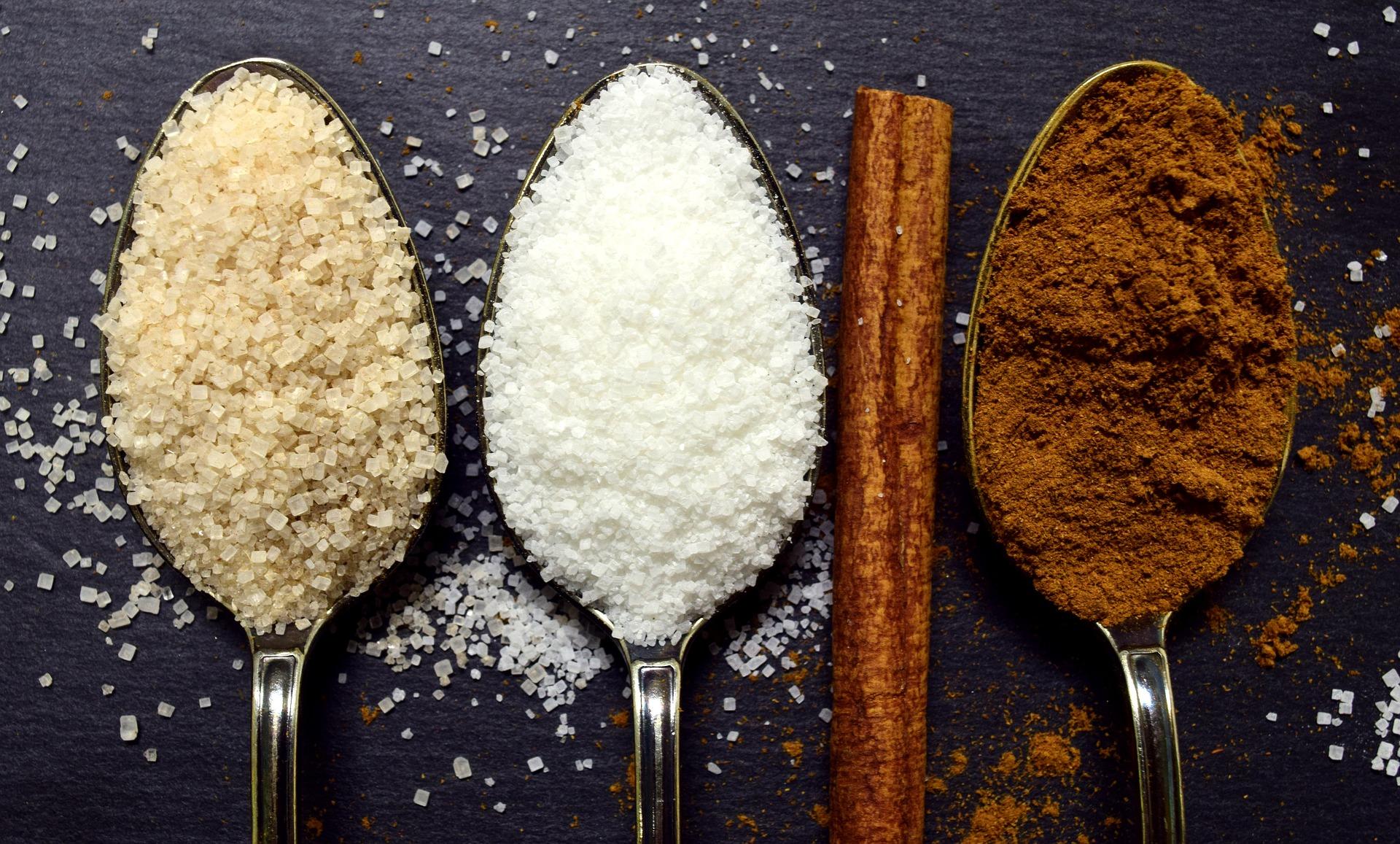Let’s leave your chemistry experiment for another day, and clear your mind of all those chemistry words you must learn. Rather than thinking about moles, chemical compounds, or transition metals, let’s focus on the fun parts of chemistry. This science is not all Avogadro, covalent bonds, or functional groups, it's inspirational.
Let’s take a look at some of the most amazing facts in chemistry.

Fireworks
Through the centuries, we've benefited from game-changing chemistry discoveries. Making fireworks was as game-changing as it was accidental.

Two thousand years ago, charcoal, sulphur, and potassium nitrate (saltpetre) were kitchen staples. In China, one unfortunate cook mixed and heated them, causing an explosion. He had unwittingly invented gunpowder!
The cook is thought to have then pushed the mixture into a cane of bamboo, and, due to the pressure from the build-up of gases, the explosion this time was even bigger. So, next time you look at fireworks, think of the Chinese cook who made them two millennia ago!
In Mandarin, the word for fireworks is 烟火 (yanhuo), literally 'smoke fire'.
Those two are common features of early kitchens.
Coca-Cola
After the American Civil War, a wounded soldier called John Pemberton was looking for a way to make some money (and to quit his addiction to painkillers). He was a pharmacist, and he tried a number of chemical experiments to develop a drug that he could sell.
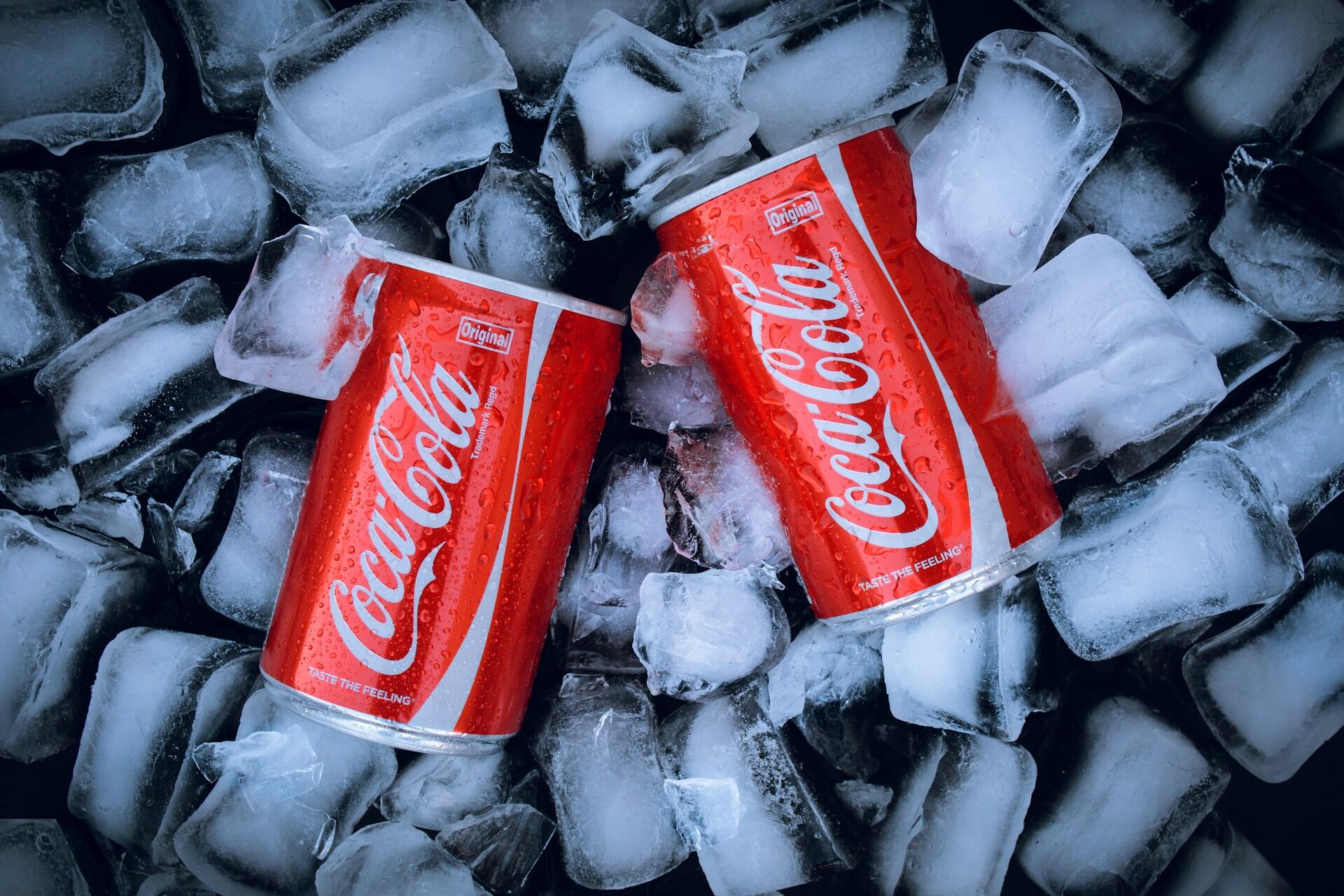
All of his experiments failed commercially apart from a ‘medicine’ based on the coca plant that he claimed helped nervousness.
This medicinal drink became Coca-Cola, but not before Pemberton sold the recipe, and died!
It was another man, not a scientist but a businessman, who turned the drink into the massive business it is today.
Humanity and a Spoon
Humans are made of atoms – billions and billions of them. But atoms themselves are nearly all made of nothing – pure empty space. Apart from the electrons, the protons, and the neutrons, they are in fact 99.9% space (one example suggests that if an atom were the size of a football stadium, the particles themselves would be much smaller than tennis balls)! They are held together only by waves and atomic forces – the sort of the things you learn about in physics.
If you were to remove the space between all these little particles in the atom, they would be even tinier. Science speculates that, without this space, all the atoms in all the people in the world could fit on a spoon. If you don't yet know about atoms, check out our run-through of the basic chemistry concepts to help you out.
How Much Is Your Body Worth?
Your body, like everything else in the world, is made of chemical elements: hydrogen, carbon, oxygen, calcium, nitrogen, and phosphorus.

Less than one percent of you is potassium, chlorine, magnesium, sulphur, and sodium combined. It’s quite interesting to think that all the stuff you use in the laboratory is there in your body too!
If you were to break down your body into just those elements, you might be surprised to hear that you aren’t all that valuable. In the 1920s, a chemist said that these chemicals' market value amounted to about $0.85.
Right now, you’re probably worth just a little more, about one dollar!
Bodies and Pencils
After oxygen, carbon is the most common molecule in the body. This shouldn’t be so surprising, as this substance, which you should know from the periodic table, is one of the most abundant on the planet, and it’s been known to scientists for thousands of years.
Carbon has a million and one different uses from the hydrocarbon used in petrol to the polymer used to make plastic. But one little thing seems quite amazing: from the carbon in your body, you can make almost 10,000 pencils!

Get information about chemistry tutoring here.
We’ve Known About Atoms for a Long Time
You might think that scientists only recently discovered atoms. How could anyone know what was going on at such a tiny level without a microscope?

But, atoms were discovered around 400BC, by a Greek called Democritus. He was a philosopher, what was called a ‘natural scientist’, back then. Today, we call him the Father of Modern Science.
John Dalton is one of history's most renowned chemists. He developed his atomic theory in 1803, publishing his work five years later.
Democritus theorized about atoms.
The theory gained widespread acceptance only in the 18th Century.
Glass Is a Liquid
This is a bit of a classic of chemistry facts, but it doesn’t get any less amazing. Glass is actually a liquid, rather than the solid that you might expect. Glass actually flows, just extremely slowly: if you take a look at old windows, you will see that the bottom of the pane is noticeably thicker than the top.
Glass is made by flash-cooling a molten substance. Because this cooling happens so quickly, it doesn’t crystalize. The chemical bonds tighten up at the molecular level, as they lack the thermal energy to move freely.
Whilst it doesn’t look like it, then, glass is really flowing – but it is flowing at a speed that would take it millions of years to do what water can do in a moment.
Water Always Feels Colder Than Air
Have you every been surprised when, on a hot day, you jump into what should be a warm swimming pool and it’s actually freezing? There’s a scientific reason for this.
Water, even when it is exactly the same temperature as air, will always feel colder. This is because water is seriously better at conducting heat than air, which really is a thermal insulator (that’s why we usually have a gap of air between two layers of bricks in our house’s walls).

Air is much less dense than water, meaning that the atoms in it are further apart. Consequently, the thermal energy cannot pass through it so easily!
Find organic Chemistry tutor here on Superprof.
Chess and Atoms
This one is a real mindblower.
Most physicists agree that, in the whole universe, there are roughly about 10⁸⁰ atoms. That’s 10 with another twenty-five zeros on the end, or one hundred quinvigintillion. That’s a big number.
However, no matter how big that number is, there are actually more possible moves in a game of chess: 10¹²⁰. This number is just an estimate, made by a mathematician who was thinking about how to teach a computer to play chess. But it’s based on an average of thirty possible moves at any point in the game, with each game lasting, on average, eighty moves.
Knowing this, chess doesn’t seem so boring after all – and nor does chemistry!
1. Each game allows for 80 moves, on average.
2. An average of 30 possible moves, at any point during the game.

Alkali and Soap
You probably use alkalis (or bases) more often than you think, as they are the basic ingredient for household cleaners – substances like bleach, for example – and things like baking soda.
But you’ve probably been told in the past: ‘wear gloves whilst handling bleach!’. In the chemistry lab, or in an introduction to chemistry at school, you will also be told not to touch the alkalis. Do you know why this might be?
Note the posted warnings: DO NOT allow alkalis to come into contact with your skin.
Because alkalis turn your hands into soap! They react with the fatty acids on your hands in a process called saponification. So, if you touch bleach, you will notice that you feel strangely smooth and slippery. This is because you are turning into soap!
Stomach Acid
Your stomach is full of acid, a mixture of hydrochloric acid, sodium chloride, and potassium chloride at different levels of concentration. This chemical soup helps you to break down food and kill bacteria.

It’s a biological defence against any disease that comes through your mouth. As strong as battery acid – between one and three on the pH scale, it is powerful enough to melt metal. If it fell on your skin, it would burn right through.
It’s a miracle of biology that we are walking around with this stuff inside us.
Bees, Wasps; Acids and Alkali
The difference between acids and bases we study in basic chemistry courses is fascinating. Even more remarkable is an example straight from Mother Nature:
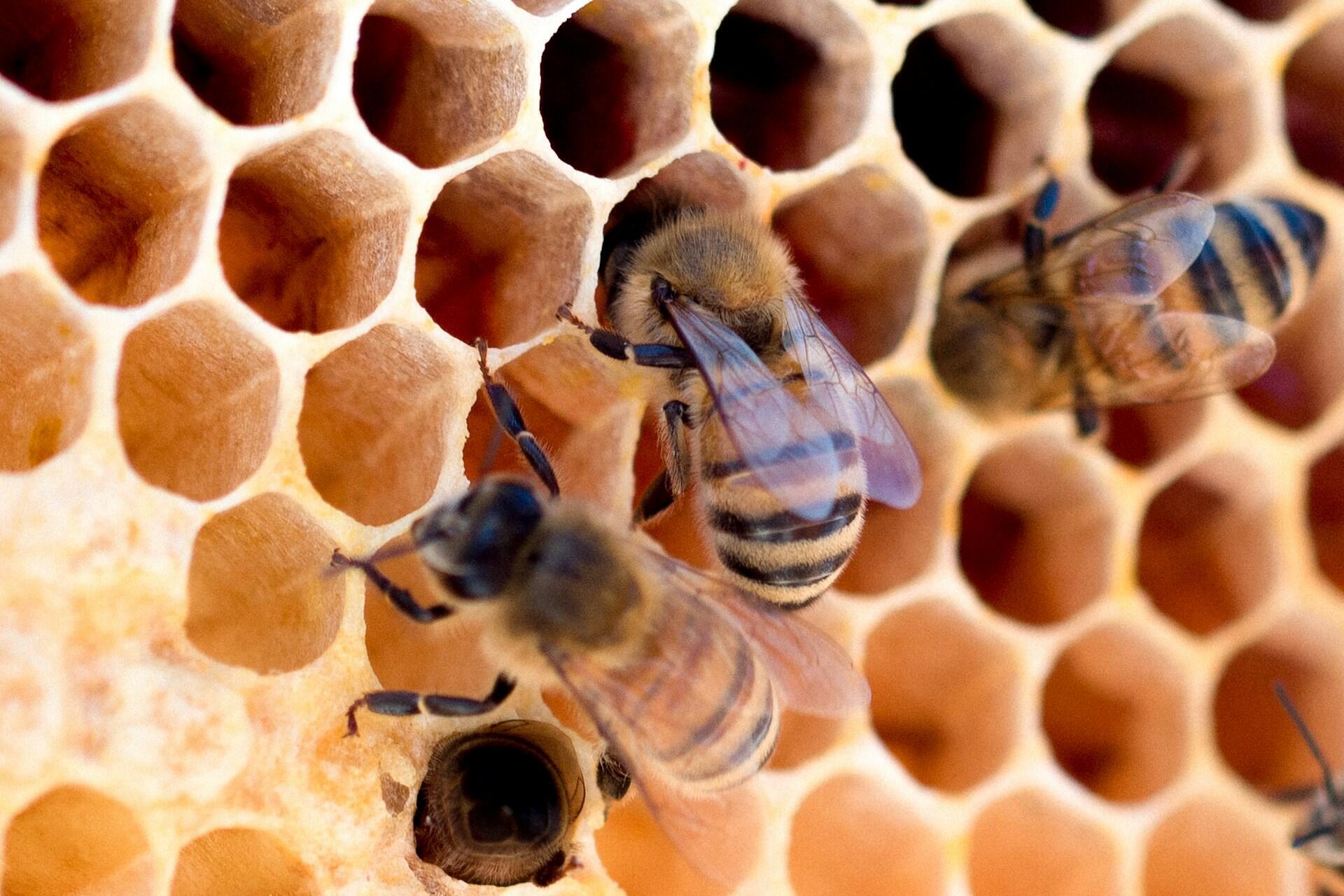
Bee stings are acidic!
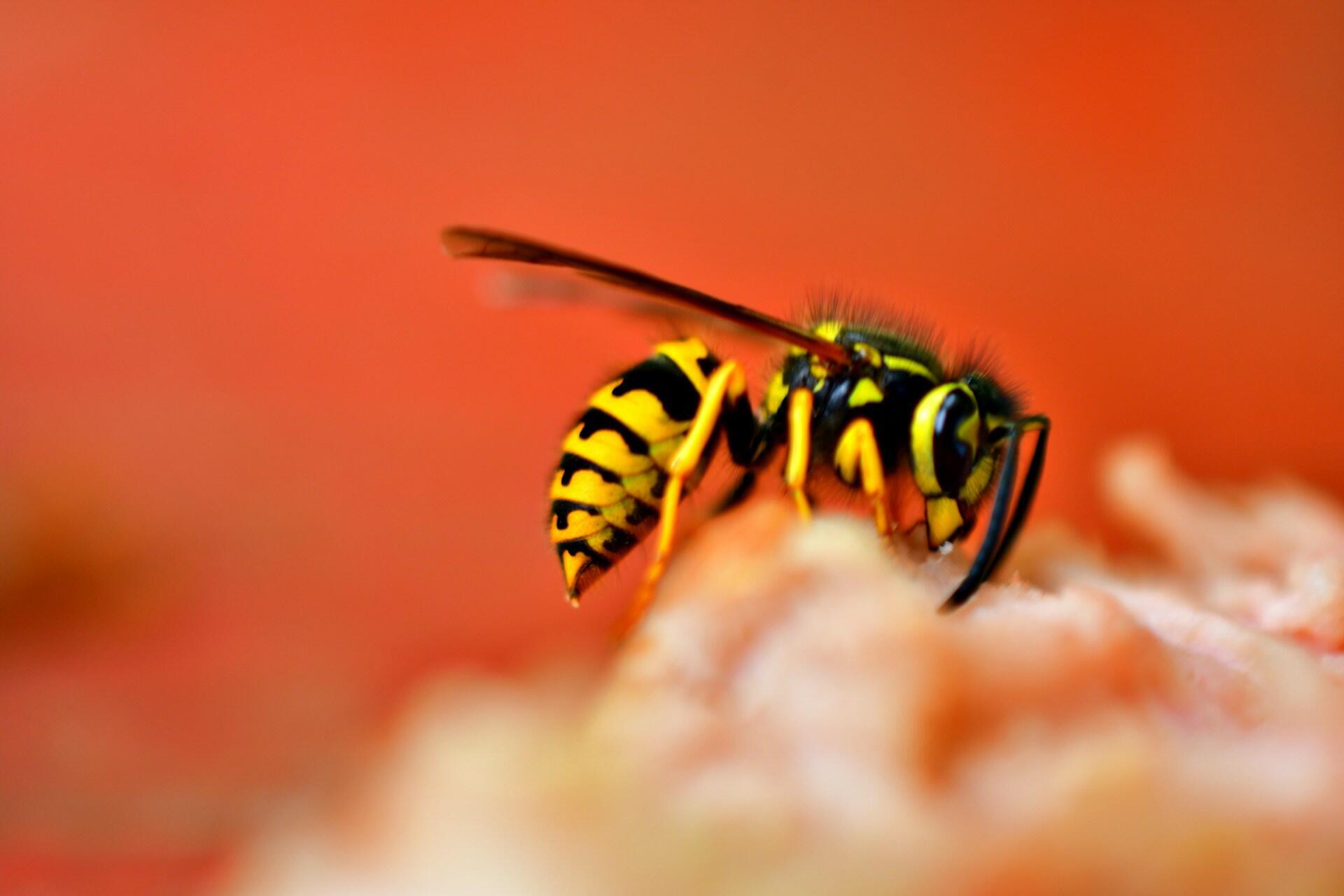
Wasp stings are alkali!
Bees and wasps are the two villains of summer days – one bumbling but painful, the other evil-looking and vicious. They are also chemical opposites, as noted above. So, technically, the best way to 'cure' a bee sting is to get stung by a wasp, in the same place.
Find online Chemistry courses here on Superprof.
Spicy Is Not A Spice
Some people can't get enough of the tingle on their tongue when they eat spicy foods. But, the word 'spicy' is misleading, as the ingredients that cause those reactions are not actually spices. Furthermore, not all 'spicy' is the same.
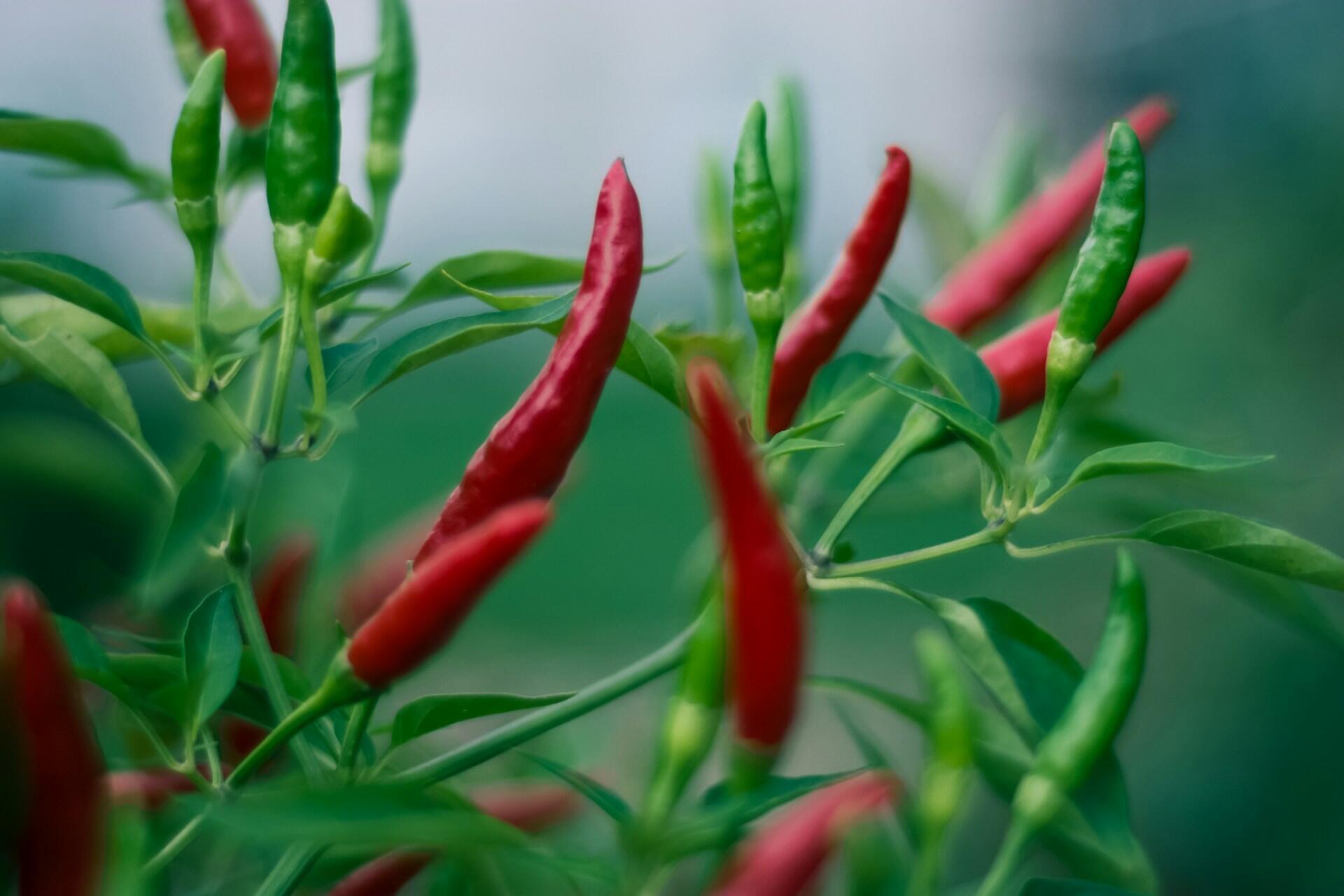
Chili peppers have a molecule, capsaicin, that provokes heat. This heat is measured on the Scoville Scale.
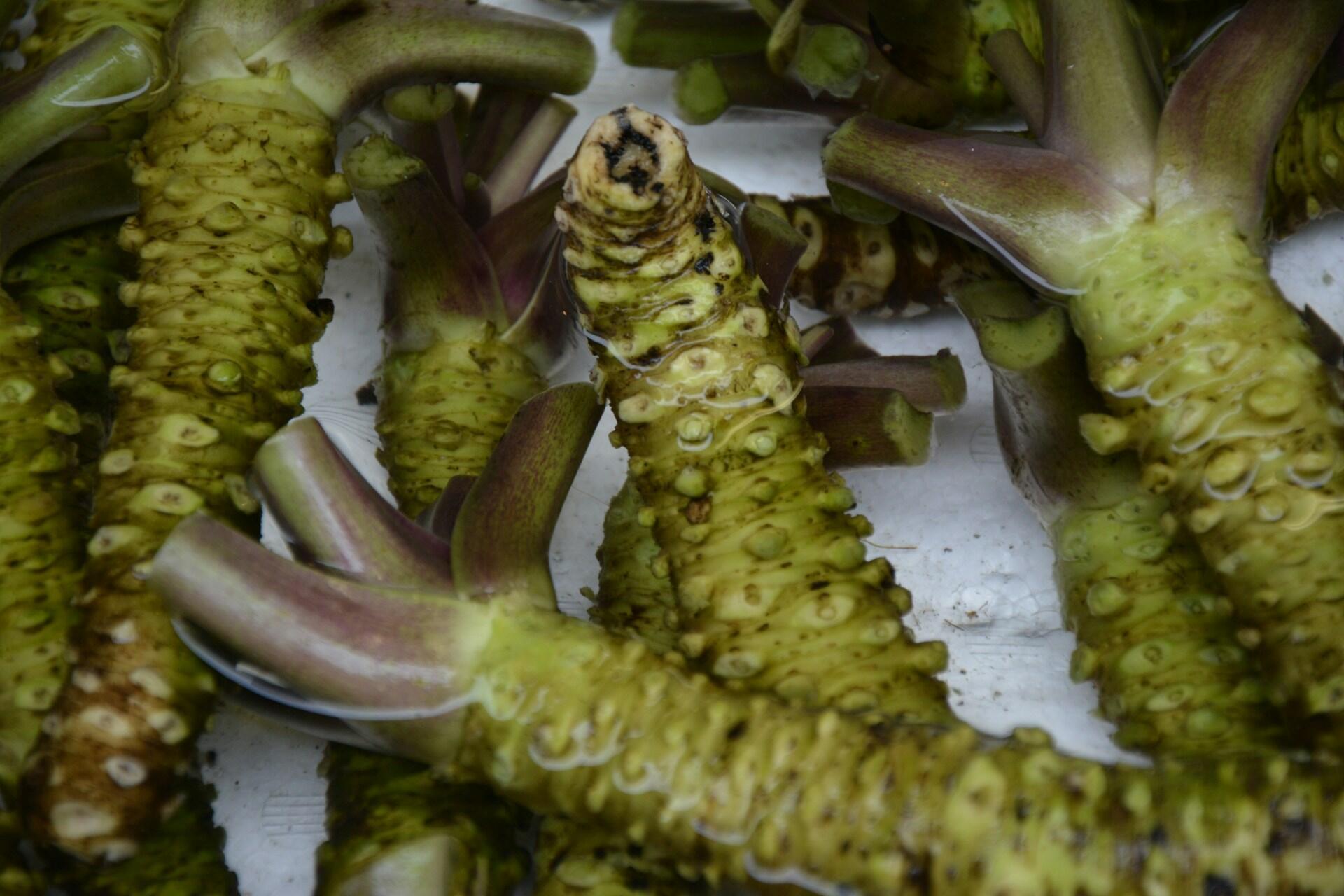
Wasabi's stinging molecule is allyl isothiocyanate, which causes coughing, stinging, or choking sensations.
Capsaicin triggers the body's heat receptors, tricking it to sense it's being overheated. This provokes cooling reactions, such as sweating and increased blood flow. By contrast, consuming wasabi triggers the body's 'clear out' mechanisms: shedding tears, runny nose, and coughing. It's trying to rid itself of an attack on its receptors.
Drinking water does not relieve capsaicin's burn.
The capsaicin molecule is hydrophobic, meaning it repels water.
Drinking milk soothes the burn. Milk's casein molecule binds to capsaicin to neutralise it.
Carbonated Drinks
Who doesn't love jets of brown, sugary liquid erupting from a plastic bottle? The person who has to clean the mess aside, everyone who witnesses the cola-Mentos reaction marvels at this experiment. If you want to try this kind of experiment safely, consider finding chemistry tutors near me.
But, few give any thought to why dropping a piece of candy into a coke causes such an immediate reaction:
- Colas are infused with carbon dioxide
- Gas always seeks to escape (even when no Mentos are present)
- Mentos surfaces are full of microscopic crannies
- The gas seeks to invade these tiny holes
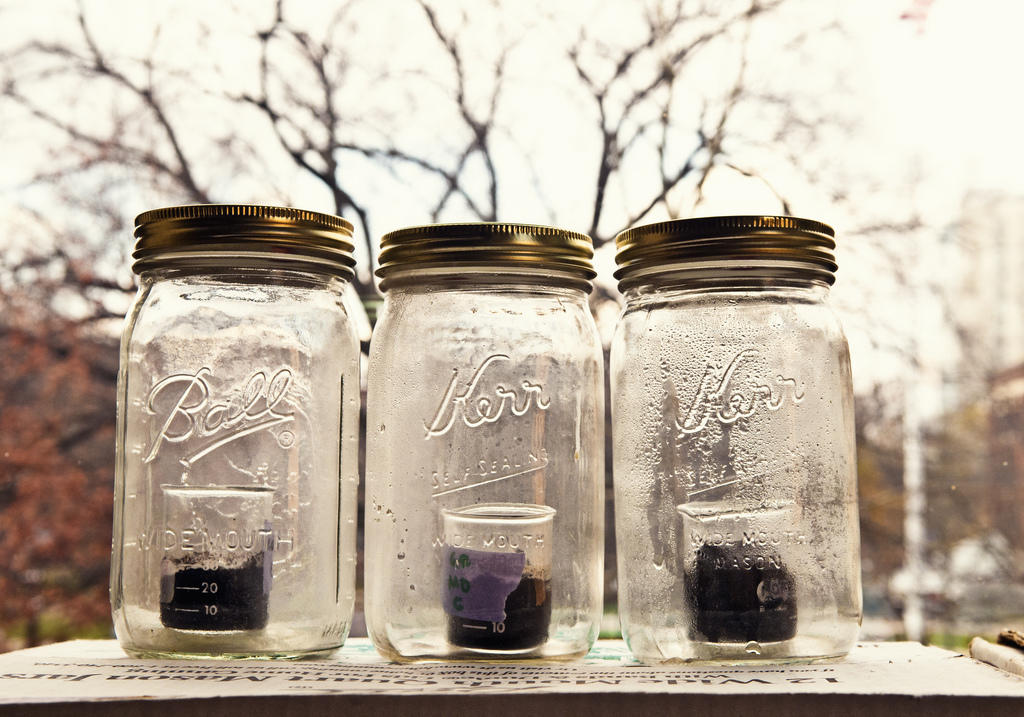
The process is called nucleation. Our mouths, particularly our tongues, have many tiny crevices, perfect nucleation sites. That's why we feel tingly when we drink colas: that's carbon dioxide invading those spaces. Mentos' irregular surface causes a violent quest for gas release, even if it must eject its host, the liquid, out of its container.
Water Isn't Always Life
Every known living organism needs water to live - even hydrophobic ones, which get their water from the foods they eat. For humans, eight to twelve cups of water per day is the recommended amount, depending on their age, diet, and activity level. Doubling that amount, drinking twenty-five cups of water, can be deadly, especially if one does so in a short time window.
The scientific term for water intoxication. It means 'low in salt'.
Our bodies must maintain a fine balance of molecules: proteins, fats, and electrolytes. Salt is a vital electrolyte that conducts electrical signals from our nervous system. Drinking lots of water, all at once, flushes electrolytes from our blood, and infuses cells with water, until they explode. It's not a pretty death.
Balloon Voice
Balloons are great party decorations. And, after the fun is over, we like to have a laugh by snipping the balloon's knot and inhaling the gas. Laughter ensues when the speaker's voice suddenly becomes high-pitched and squeaky.

That temporary voice change comes thanks to helium's atomic weight. It's a light gas, which allows sound to pass through it faster. Were balloons filled with a heavier gas, your voice would sound lower than normal.
Bonus Helium Fact
This gas is the only substance that cannot be frozen at atmospheric pressure, that we know of. Freezing helium requires pressures greater than 20 time atmospheric pressure.
Tasteless Food
Everyone knows our tongues are coated with receptors that allow us to taste our food. But, placing something sweet, spicy, or sour on our tongue does not guarantee we will taste it.
Those receptors sense dissolved substances, not the food itself. Note that chewing does not dissolve anything, that action merely breaks what's in our mouths into smaller particles. Saliva is our built-in solution to dissolve.

Without saliva, you could chew until tomorrow morning and still not taste anything.
Sinking and Floating Eggs
With the price of food so dear these days, we must make sure that what we have to eat is actually edible. Usually, we rely on 'best by' dates on food packaging, but those dates are misleading, (see video below). With eggs, we only need a bowl of water.
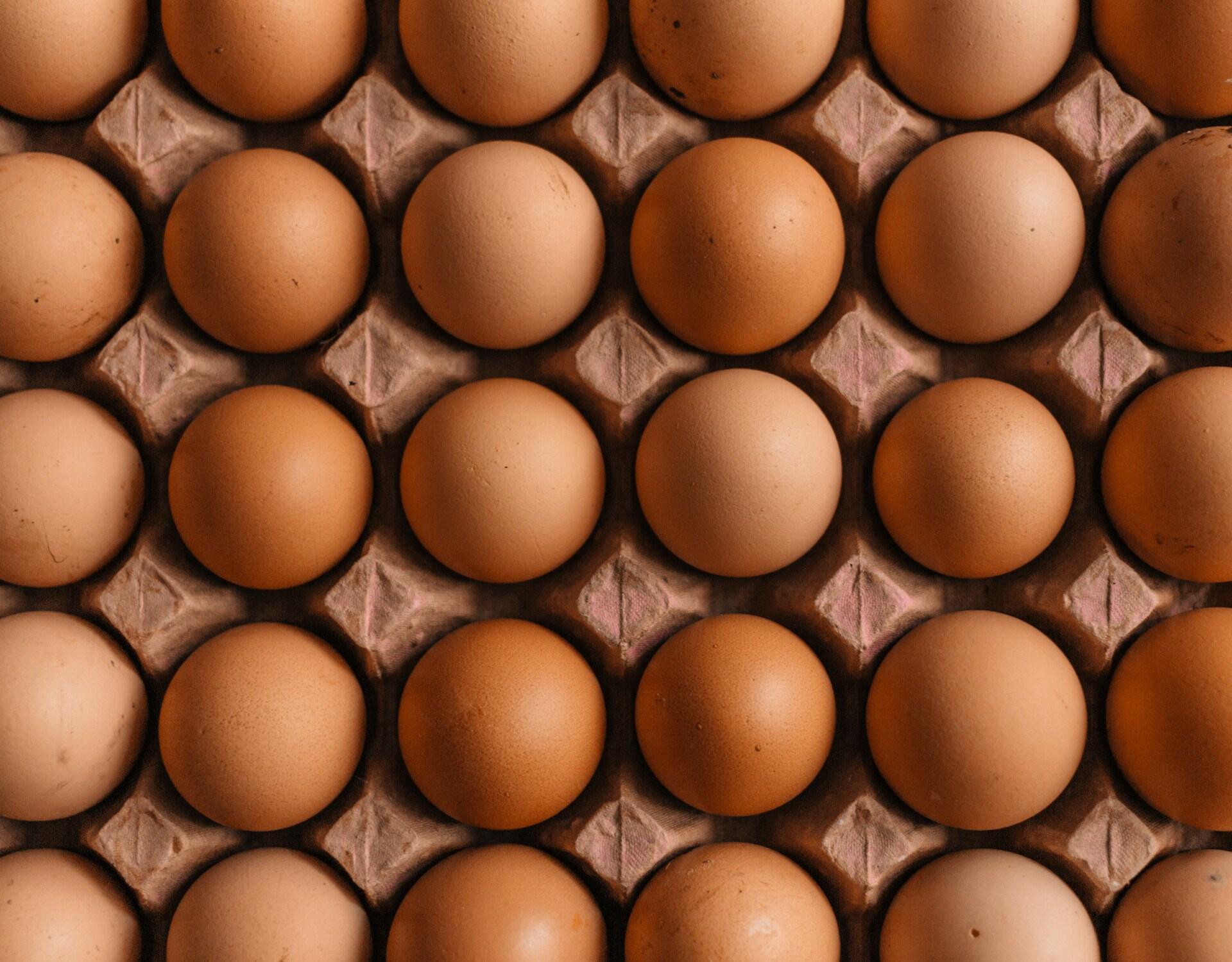
A rotten egg will float, because its matter has tuned from solid/liquid, to gas. By contrast, a fresh egg will sink, because its matter is still denser than water. Weighing your eggs before cooking them won't tell you anything.
Scales are essential chemistry equipment, but a scale won't help us determine whether an egg is safe to eat.
Antibacterial Metals
Bacteria are the world's hardiest organisms. They will colonize and thrive on practically any surface, and in any environment. But, they don't like copper or copper alloys. They don't much care for zinc, titanium, or nickel, either.
These microbes grow ever more resistant to humans' arsenal of drugs and solvents. Today, superbugs are a very real concern, so chemists and scientists of all stripes are investigating metals' antibacterial properties.

The goal is to develop treatments those disease-makers cannot withstand. As with all things chemistry, the science behind those studies is fascinating.
Antibacterial alloys and metals can rupture bacterial cell walls, inhibit their nutrient uptake, and inhibit enzyme function. Damage to bacteria's genetic material leads to their cells' death.
That Asparagus Smell
Asparagus is a grass that some love to eat, while others shudder at the thought of. They may have a good reason for that. Asparagus has a unique chemistry, which includes sulphur-containing compounds.
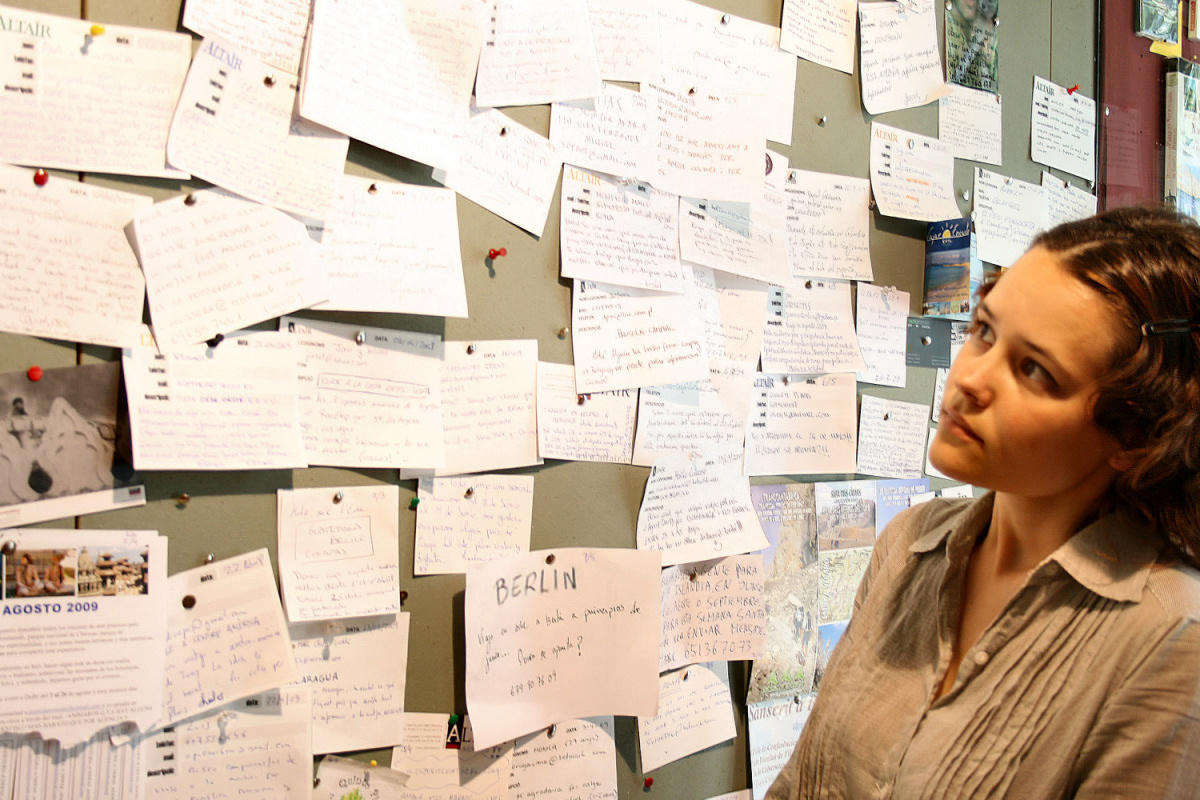
My chemistry tutor assured me that these compounds are not volatile; your gut won't explode if you eat asparagus. But, your digestive system will turn them into volatile compounds, through chemical action. So, your body will get rid of them - by passing intestinal gas, and through urine.
About 25% of asparagus eaters report smelling sulphur when they urinate.
They have a gene that enables detecting this smell, but every asparagus eater excretes those compounds.

